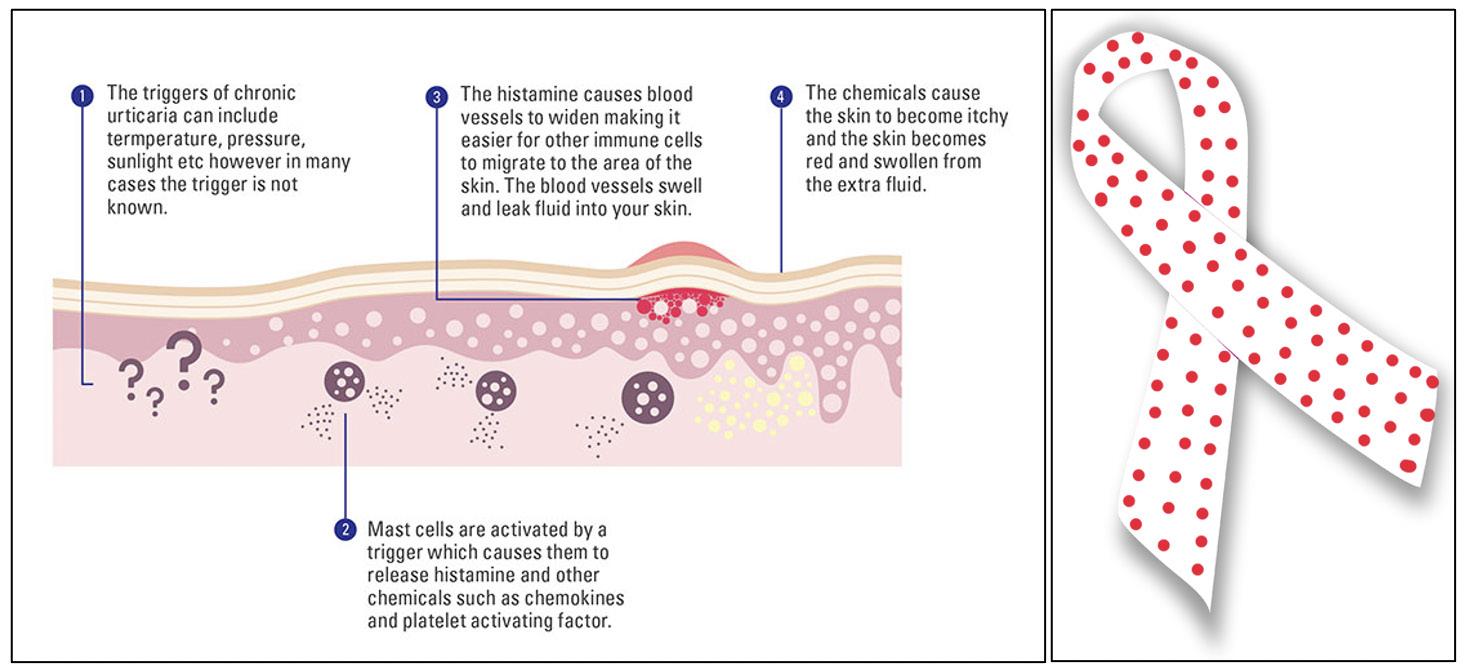DUJS
Dartmouth Undergraduate Journal of Science FA L L 2 0 2 1
|
VO L . X X I I I
|
N O. 3
VITAL
REMEMBERING THE IMPORTANCE OF SCIENTIFIC COMMUNICATION
Doctors Under the Microscope: An Informative Look at Coping with Death in Health Care
Pg. 5 1
Meta Learning: A Step Closer to Real Intelligence
Pg. 35
Climate Change and its Implications for Human Health
Pg. 80 DARTMOUTH UNDERGRADUATE JOURNAL OF SCIENCE











